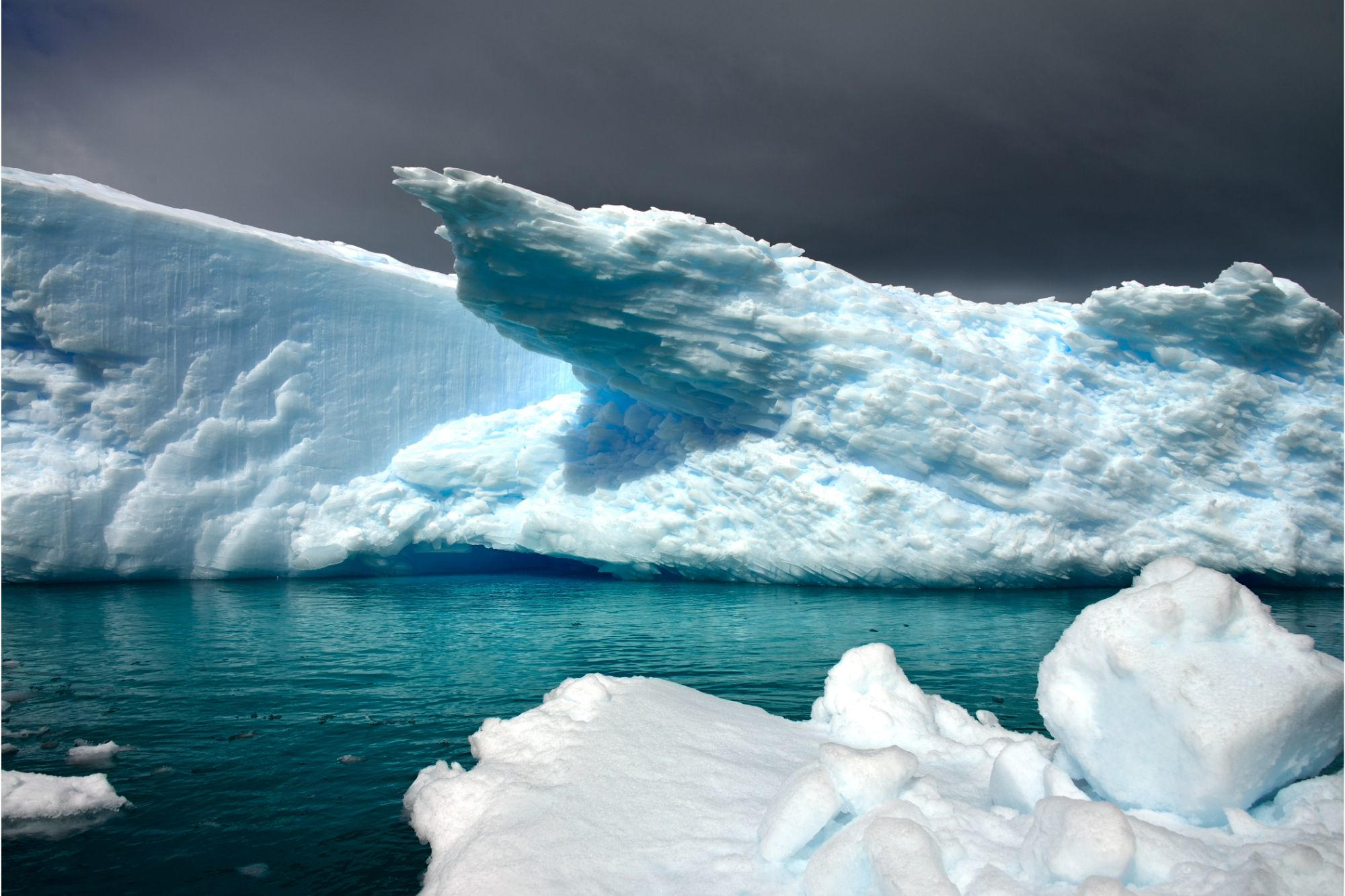Researchers have found that glaciers in the tropical Andes are smaller than any time since the last ice age, marking a significant milestone in the impact of global warming. This discovery, led by scientists from the University of Wisconsin–Madison and other institutions, highlights these glaciers as early indicators of potential global changes in glacier behavior due to climate change.
Recent research shows that Andes glaciers are shrinking to sizes unseen since the last ice age due to global warming, possibly forecasting similar future trends for global glaciers.
As they are in many places around the globe, glaciers perched high in the Andes Mountains are shrinking. Now, researchers at the University of Wisconsin–Madison and their collaborators have uncovered evidence that the high-altitude tropical ice fields are likely smaller than they’ve been at any time since the last ice age ended 11,700 years ago.
That would make the tropical Andes the first region in the world known to pass that threshold as a result of the steadily warming global climate. It also makes them possible harbingers of what’s to come for glaciers globally.
“We think these are the canary in the coal mine. The tropics would probably be the first place you’d expect ice to disappear, and that’s what we’re seeing,” says Shaun Marcott, a professor of geoscience at UW–Madison. Marcott guided the research with colleagues at Boston College and Tulane University. Andrew Gorin, a former Boston College graduate student who is now at the DOI: 10.1126/science.adg7546
This research was supported by the National Science Foundation (EAR-1805620; EAR-1805133; EAR-1805892).












/https://tf-cmsv2-smithsonianmag-media.s3.amazonaws.com/filer_public/d1/82/d18228f6-d319-4525-bb18-78b829f0791f/mammalevolution_web.jpg)







Discussion about this post